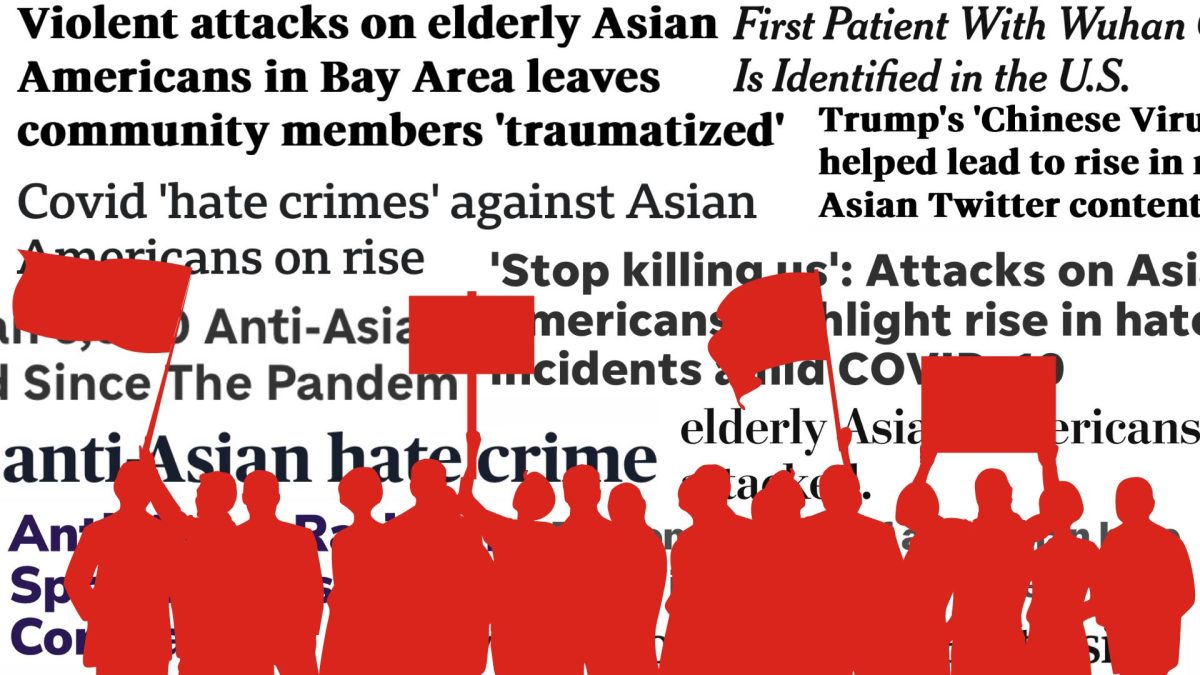As San Francisco’s tech economy booms, brick and mortar retailers are struggling to stay afloat, and popular shopping corridors are becoming filled with storefront vacancies.
“Every block has at least one and usually multiple vacancies,” said Christin Evans, who owns a bookstore on the popular Haight Street shopping corridor.
The vacancies have resulted in blight, trash, graffiti and reduced foot traffic, Evans, who also serves as president to the Haight-Ashbury Merchants Association, told the Board of Supervisors last week. On her block alone, Evans cited five business closures this year that have left behind vacant storefronts.

Taxing vacant storefronts
In response to the issue, the Board of Supervisors approved a measure that will give voters next March the option to levy a new tax on landlords or lessees who keep their storefronts on popular shopping corridors vacant for six or more months. The hope is that the tax will incentivize property owners to lower their rent, or just not increase it, so that businesses can afford to move in or stay where they are.
San Francisco’s Budget and Legislative Analyst counted 686 vacant storefronts in December 2017 along 24 commercial corridors.
“What this tax does, which is completely avoidable and we don’t want to collect, is give lessees leverage in lease negotiations,” said District 3 Supervisor Aaron Peskin, who authored the legislation.
The annual tax would charge $250 per linear foot of storefront in the first year of vacancy, doubling in the second year and maxing out at $1000 per foot in the third year. The city estimates most storefronts measure around 25 linear feet.
“Even though San Francisco is in an age of incredible prosperity, there is an interesting phenomenon happening in commercial corridors,” Peskin said. “Landlords are holding out for higher rents even though small businesses really cannot pay those kinds of rent.”
But some critics say that “bad actor landlords,” as Peskin calls them, may not always be the issue. Some fear the tax will unjustly punish landlords who are already losing revenue as they genuinely struggle to find tenants amid competition with online retailers and the high cost of doing business in San Francisco.
The permitting process required by the city to open a new business can be costly and time consuming — leaving buildings vacant for years as applications are processed, according to a March 2019 report from the Budget and Legislative office.
“Small merchants often can’t afford the cost, time and uncertainty of the city’s permitting processes,” said Dee Dee Workman, a consulting advisor with the San Francisco Chamber of Commerce.
A conditional use permit, the most commonly required permit for opening a small business, took on average 332 days to be processed for business owners looking to move into the Upper Market/Castro area between 2015 and 2018 — a number likely representative of most neighborhoods, according to the report.
That timeline is extended to over a year and a half if a business needs construction work approved. Often, business owners will pay rent while they wait.
In light of some of these difficulties, the proposed measure allows property owners or lessees an exemption from the tax while applying for necessary city approvals, performing upgrades or maintenance, and recovering from natural disasters. Entering into a new lease would restart the 6 month time limit.
The new vacancy tax will require a two-thirds vote to become law, and would become effective in 2021.
Revenue, which the city estimates would be below $1 million per year, would go toward a special fund designed to help small businesses cover costs like mandated seismic retrofits and lost business due to city construction projects.
Bad for Business
Since 2001, San Francisco’s brick and mortar retail trade employment has declined by 12%, while other private sector employment has grown by 32%, according to the city’s Office of the Controller. The trend has become more acute in the past three years, with an 8% decline in brick and mortar retail employment and 13% growth in other employment from 2015 to 2018. This is despite growth in population and an increase in the amount of available retail space.
An Arizona State University study published October of this year cites San Francisco as the toughest out of 77 large cities in the U.S. and Canada to do business in. The ranking, which draws data from a list of regulatory and economic indicators, is based on ease of starting a business, employing workers, paying taxes, getting electricity, registering property and resolving insolvency.
Starting a business in San Francisco takes on average 48 days — the second longest processing time out of all examined cities, according to the study, which took into account all LLCs (not just the brick and mortar retailers). The average wait time to set up a business is less than a week in most U.S. cities, according to the study.
Earlier this year the Board of Supervisors passed legislation aimed at streamlining the permitting process and easing regulation barring small businesses from opening.
The board also strengthened a decade-old vacancy deterrent law that required property owners to register vacant storefronts within 30 days of vacancy and pay an annual fine capped at $711. Up until March of this year, there were only about 40 addresses registered, due largely to a loophole that allowed storefronts listed on the market to be exempt. With that loophole closed, there are now closer to 300 registered vacancies, a number some say still does not represent the true scope of the issue.
“I had 165 vacant storefronts just in my neighborhood,” said District 1 Supervisor Sandra Lee Fewer, citing a crowdsourced figure. “I can imagine you times that by 11 different districts. Plus I don’t have as many commercial corridors as some other districts.”
Landlords who do not register their vacant storefronts within 30 days face a one-time fee of $2,845.









